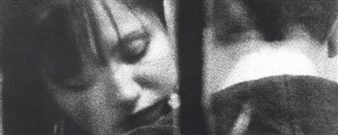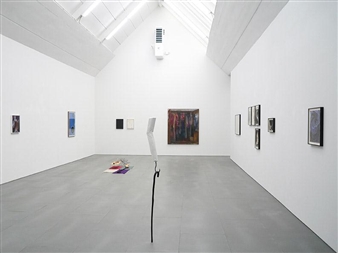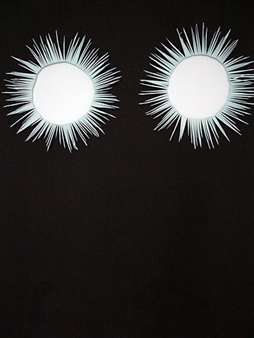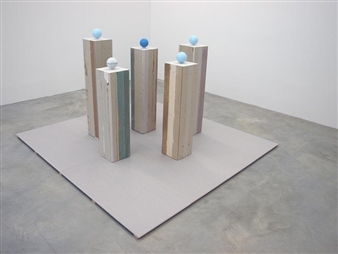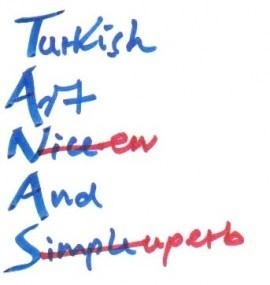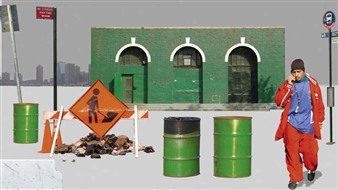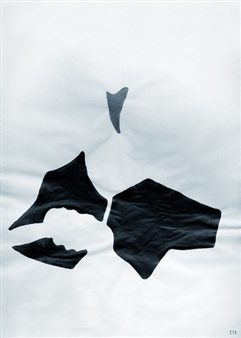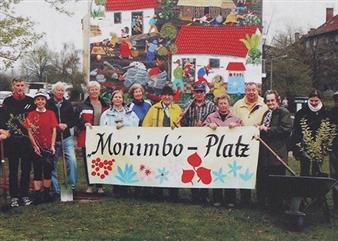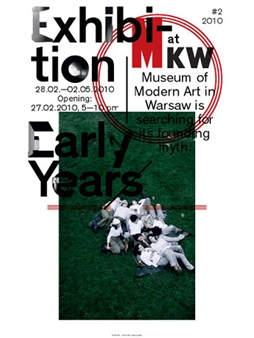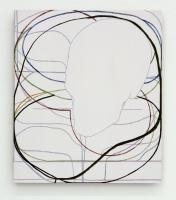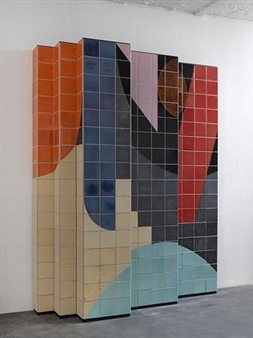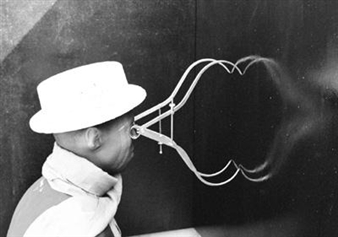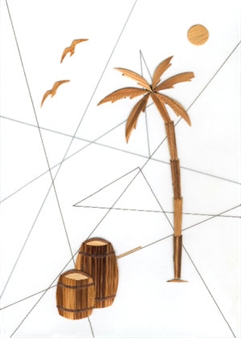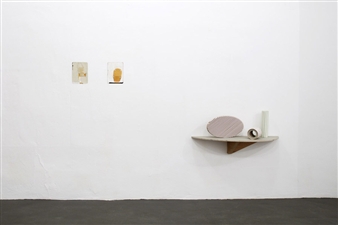STURM UND DRANG

Galerie Kamm, Berlin, Berlin, 10/25/2008 - 12/20/2008
Rosa-Luxemburg-Strasse 43/45
Sourcing from texts and novels, the artists translate written originals in many different ways - culturally, media-based, using language, and from one genre into another. In doing so they focus on the significance of the individual – with regard to himself and ‘others’ as a being influenced by emotions and intellect. In the course of this ‘discovery of the individual’ pursued by ‘Sturm und Drang’ authors in the 18th century, artists question the link between the particular text content and its aesthetic and formal representation. Indebted to the idea of “Romantic Conceptualism” the works stand out for the interaction between the usually accepted contradiction of emotionality and conceptual rationalism. In the film “T.S.O.Y.W.”, produced for the 2008 Whitney Biennial, Amy Granat and Drew Heitzler accompany a modern day ‘Werther’ from Goethe’s novel “The Sorrows of Young Werther” - through the American desert. Following Jean Genet’s advice to substitute his unrequited love for Charlotte with a motorbike, Werther embarks on an aimless trip through the desert on a motorbike stolen from a friend, which takes him past icons of Land Art throughout the USA. In their debut collaboration, Amy Granat and Drew Heitzler filmed in parallel, but each utilizing their individual characteristic film language to capture the same scenes. Presented as a dual projection the infinite expanse of the landscape becomes the melancholic scenery of Werther’s search, which goes hand in hand with this breaking Loose from conventional forms. Ultimately he disappears in the disappearing images of the movie. As in “The Sorrows of Young Werther”, letters often represent traces of a relationship, its emotional entanglement and projections. LISA TAN, whose minimalist art works explore her relationships with people and the associated emotions, allows relationship and loss to be the subject of imagination in her work “Letter Never to Arrive”, a photograph of an envelope with an illegible address written on it. Another series of photographs shows in each case two covers of the same book, which reveal different traces of use, and which are mostly different editions. This represents a collection of books which, after someone has moved in with a loved one, they now own twice, and is as such a reflection of their spiritual bond. In ‘word counting pieces’ she counts how many times central, emotional terms such as ‘love’ and ‘death’ appear in books such as Maurice Blanchot’s “Death Sentence” or Alberto Moravia’s “Contempt”, thereby questioning, among other things, the connection between language and sentiment. In the mural he created for the exhibition, Julien Audebert references Adolf Loos’ text “Ornament and Crime”, in which the architect polemically discusses the overcoming of the ornamental as aesthetic and economic progress, thereby countering the general aesthetic taste of his time with an individual stance. Julien Audebert also takes up the investigation of terms that lend themselves as titles, though he focuses on the aesthetical quality of the text, by, based on their occurrence in Loos’ text, stamping the enlarged words “ornament” and “crime” on the wall as a sort of ornamental embellishment. A corresponding piece consists of a wooden plank painted such that it imitates wood. With this doubling up Julien Audebert satirizes Loos’ verdict that wood can be painted in any color save the color of wood, for that indeed is “ornamental crime”.
For More Information
